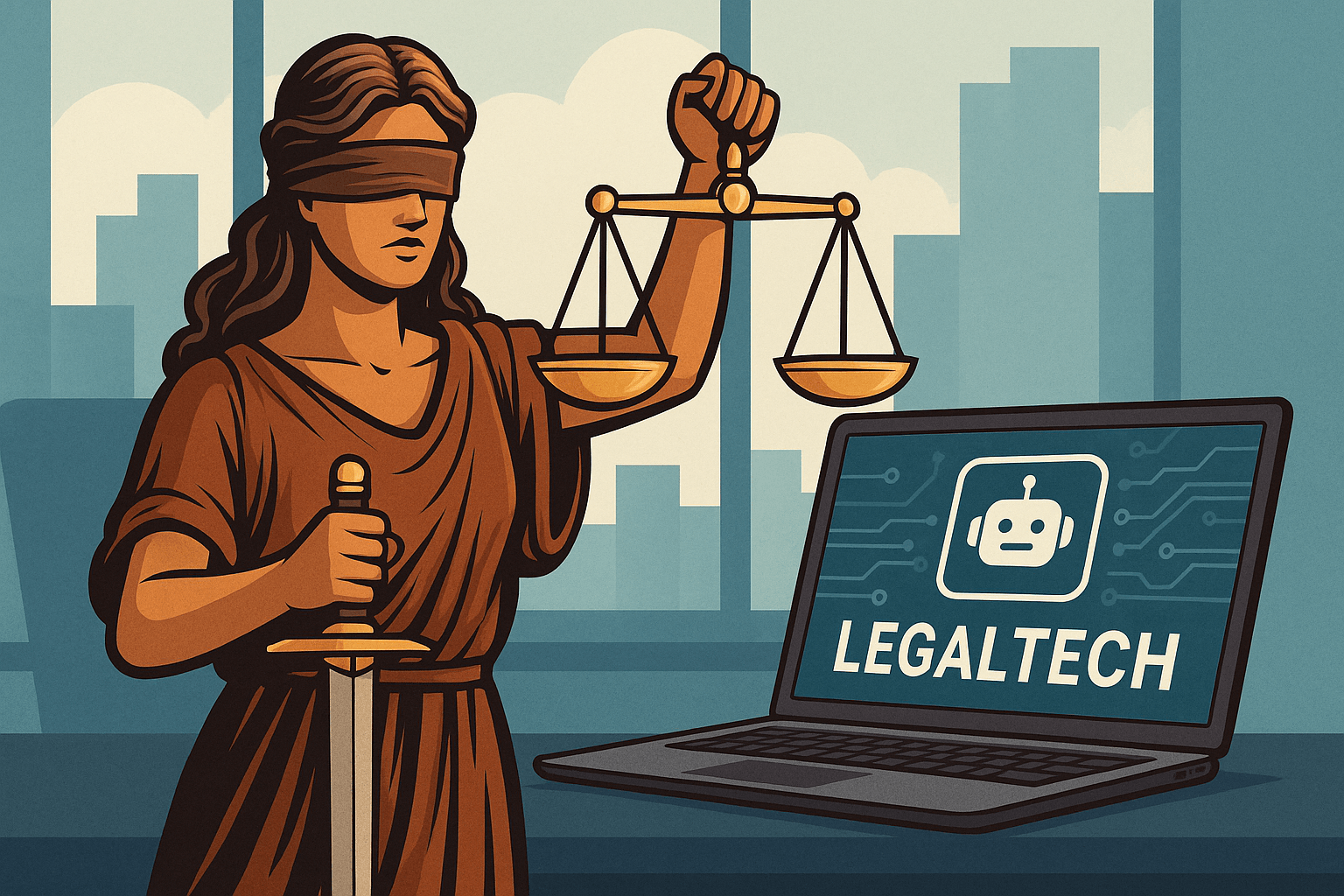Every time you ask a chatbot a question, use an AI assistant to write an email, or rely on a smart tool to automate a business task, you’re tapping into a force that is quietly reshaping the global energy landscape. According to a new report from the International Energy Agency (IEA), the world’s data centers—the digital factories behind modern AI—are on track to more than double their electricity consumption by 2030. AI isn’t just smart. It’s hungry.
Behind this surge is the explosive growth of large language models, image generators, and other compute-heavy systems powering everything from online searches to business analytics. Each AI query might feel like a blink of a button, but at scale, millions of interactions are demanding colossal amounts of energy to keep servers spinning and systems learning. The IEA notes that AI alone is likely to become the single biggest driver of this ballooning energy appetite, outpacing even the demands of cryptocurrencies and video streaming.
For small business owners and everyday tech users, this trend is more than just a headline. It could soon show up in the form of higher electricity bills or fluctuating costs for cloud-based services. As data centers expand, often in suburban or rural areas, they pull heavily on local power grids. That means your shop’s lights, your home office router, or the POS system you rely on might share an energy pipeline with massive server farms training the next big AI breakthrough.
The good news? The report also highlights growing momentum around sustainable solutions. Energy providers are racing to diversify their portfolios, leaning into renewables like wind and solar, and even resurrecting interest in nuclear power to meet rising demand. Savvy business owners can get ahead of the curve by exploring energy-efficient tech, asking vendors about their sustainability practices, and staying alert to energy policy changes in their area.
As AI becomes more embedded in daily operations, the infrastructure powering it becomes just as important as the tools themselves. The electricity behind your smart assistant isn’t infinite—and as the world races to balance innovation with sustainability, every choice we make as consumers and entrepreneurs will shape the future grid.
